
Miri: The Gateway to Borneo's Wonders
Discover Miri: A Gateway to Borneo's Natural Wonders and Cultural Riches, Offering a Unique Blend of Adventure, History, and Local Flavors.
Miri, located on the northwest coast of Borneo, Malaysia, is a vibrant city known for its rich history, stunning natural landscapes, and diverse cultural heritage. Often referred to as the 'Oil Town' due to its pivotal role in Malaysia's oil industry, Miri offers a unique blend of modernity and tradition, making it a fascinating destination for travelers. Surrounded by lush rainforests and pristine beaches, Miri is a paradise for nature lovers. The nearby Gunung Mulu National Park, a UNESCO World Heritage Site, is renowned for its limestone karst formations, expansive caves, and diverse wildlife. Adventure seekers can explore the park's famous Sarawak Chamber and Deer Cave or embark on a thrilling hike up Mount Mulu. In the heart of the city, visitors can immerse themselves in Miri's cultural tapestry. The Miri Handicraft Centre showcases traditional crafts and local products, while the Miri City Fan is a beautifully landscaped urban park that features an array of cultural and recreational facilities. The Tua Pek Kong Temple, one of the oldest Chinese temples in the region, offers a glimpse into the city's spiritual side. Miri's vibrant culinary scene is another highlight. The city's night markets, such as the Saberkas Weekend Market, offer a tantalizing array of local delicacies, from satay to Sarawak laksa. For those looking to unwind, the nearby beaches, like Tusan Beach and Luak Esplanade, provide the perfect backdrop for a relaxing day by the sea.
Local tips in Miri
- Visit Gunung Mulu National Park early in the morning to avoid crowds and enjoy cooler temperatures.
- Bring insect repellent when exploring the rainforests and national parks to protect yourself from mosquitoes.
- Try the local food at Saberkas Weekend Market for an authentic taste of Miri's culinary delights.
- Wear comfortable shoes and clothing when visiting the Miri Handicraft Centre and exploring the city.
- Respect local customs and traditions, especially when visiting temples and cultural sites.
Miri: The Gateway to Borneo's Wonders
Miri, located on the northwest coast of Borneo, Malaysia, is a vibrant city known for its rich history, stunning natural landscapes, and diverse cultural heritage. Often referred to as the 'Oil Town' due to its pivotal role in Malaysia's oil industry, Miri offers a unique blend of modernity and tradition, making it a fascinating destination for travelers. Surrounded by lush rainforests and pristine beaches, Miri is a paradise for nature lovers. The nearby Gunung Mulu National Park, a UNESCO World Heritage Site, is renowned for its limestone karst formations, expansive caves, and diverse wildlife. Adventure seekers can explore the park's famous Sarawak Chamber and Deer Cave or embark on a thrilling hike up Mount Mulu. In the heart of the city, visitors can immerse themselves in Miri's cultural tapestry. The Miri Handicraft Centre showcases traditional crafts and local products, while the Miri City Fan is a beautifully landscaped urban park that features an array of cultural and recreational facilities. The Tua Pek Kong Temple, one of the oldest Chinese temples in the region, offers a glimpse into the city's spiritual side. Miri's vibrant culinary scene is another highlight. The city's night markets, such as the Saberkas Weekend Market, offer a tantalizing array of local delicacies, from satay to Sarawak laksa. For those looking to unwind, the nearby beaches, like Tusan Beach and Luak Esplanade, provide the perfect backdrop for a relaxing day by the sea.
When is the best time to go to Miri?
Iconic landmarks you can’t miss
Coco Cabana
Explore the lush landscapes and vibrant culture at Coco Cabana, Miri's premier park and tourist attraction for unforgettable memories.
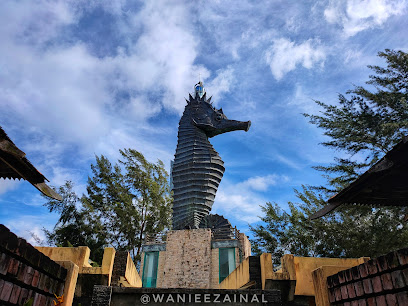
Bintang Megamall
Explore Bintang Megamall in Miri for an unforgettable shopping and dining experience, featuring local and international brands under one roof.
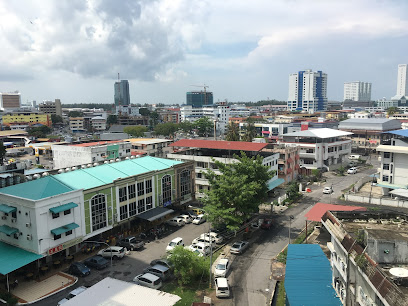
Permaisuri Imperial City Mall
Discover a shopping haven at Permaisuri Imperial City Mall in Miri, Sarawak, where retail therapy meets culinary delights and family fun.
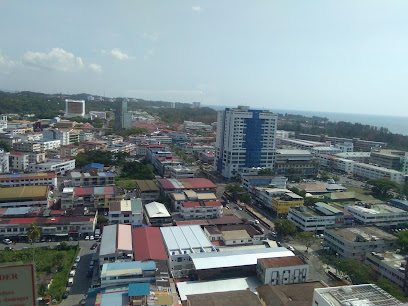
Imperial Hotel Miri
Experience unparalleled luxury and comfort at Imperial Hotel Miri, the perfect base for your Sarawak adventure.

Miri City Fan Recreation Park
Discover the serenity of Miri City Fan Recreation Park, an urban oasis in Sarawak, perfect for relaxation, play, and cultural exploration.
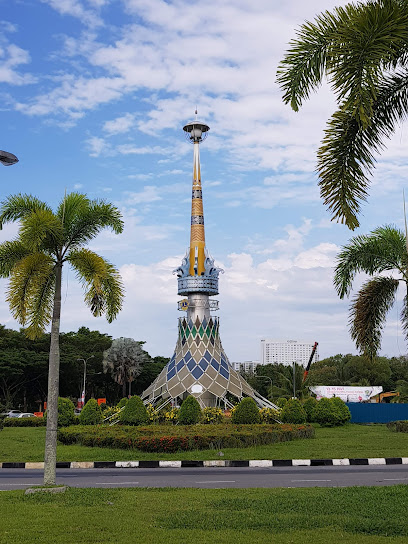
Tamu Muhibbah
Discover the heart of Miri at Tamu Muhibbah, a vibrant farmers' market filled with fresh produce, local delicacies, and cultural charm.
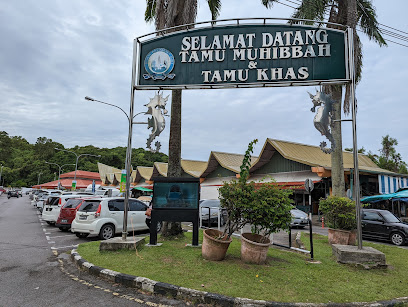
Miri Bulatan Park
Experience the lush beauty and tranquil charm of Miri Bulatan Park, a perfect retreat for tourists in Sarawak.
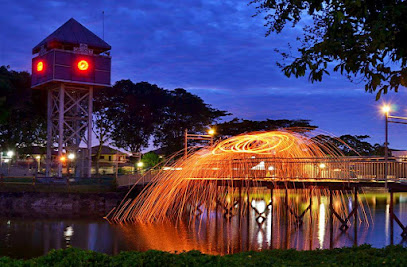
Miri Central Market
Discover the heart of Miri at the Central Market, a vibrant hub for fresh produce, local delicacies, and unique souvenirs.
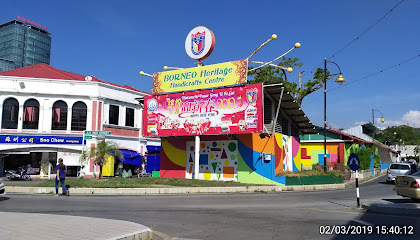
Taman Awam Miri
Discover the beauty of Taman Awam Miri, a tranquil park in Miri, Sarawak, perfect for relaxation, outdoor activities, and enjoying nature's serenity.
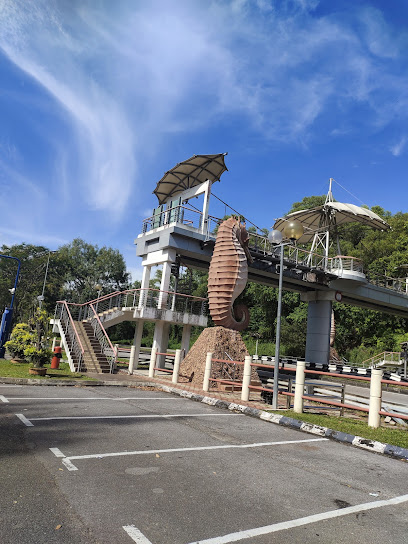
Miri Oil Well No.1 (Grand Old Lady)
Explore Miri Oil Well No.1, also known as The Grand Old Lady, a historic landmark symbolizing the city's oil heritage with breathtaking views.
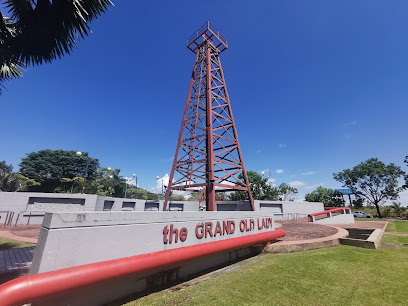
Miri Crocodile Farm Wildlife Mini Zoo
Discover Miri Crocodile Farm Wildlife Mini Zoo, an engaging animal park showcasing crocodiles and diverse wildlife in Sarawak's lush landscapes.
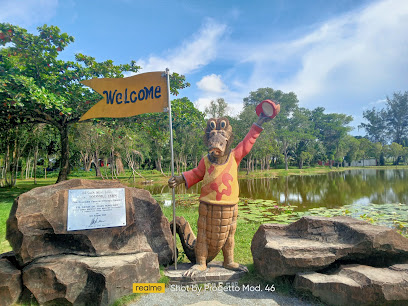
Niah National Park
Explore the breathtaking landscapes and ancient caves of Niah National Park, a rich natural and cultural heritage site in Sarawak, Malaysia.
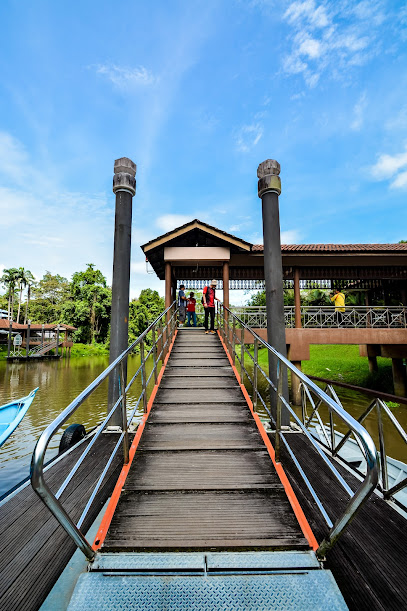
The Imperial Mall
Discover a shopper's paradise at The Imperial Mall, Miri, where local culture meets modern shopping and dining experiences.
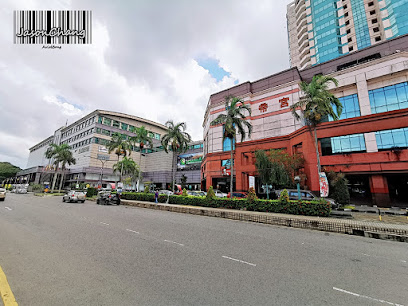
Taman Negara Bukit Lambir
Explore Taman Negara Bukit Lambir, a national park rich in biodiversity, stunning landscapes, and cultural heritage in the heart of Sarawak, Malaysia.
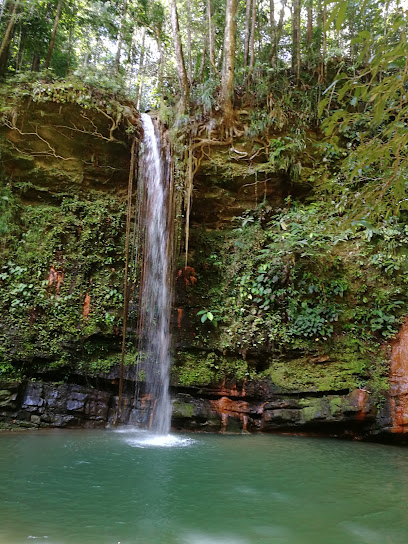
Tanjong Lobang Beach
Experience the serene beauty and vibrant culture at Tanjong Lobang Beach, a coastal gem in Miri, Sarawak perfect for relaxation and adventure.
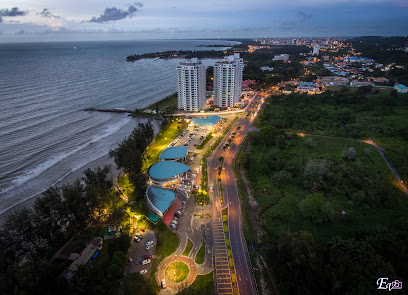
Unmissable attractions to see
Miri City Fan Recreation Park
Discover the natural beauty and cultural charm of Miri City Fan Recreation Park, a must-visit oasis in Sarawak, Malaysia.
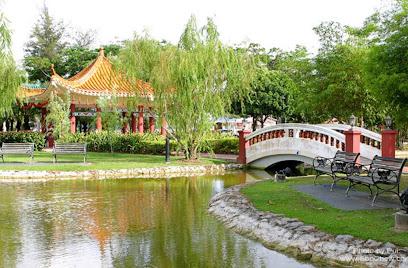
Tamu Muhibbah
Explore Tamu Muhibbah in Miri, Sarawak: A vibrant farmers' market filled with local produce, crafts, and cultural experiences that celebrate the region's rich heritage.
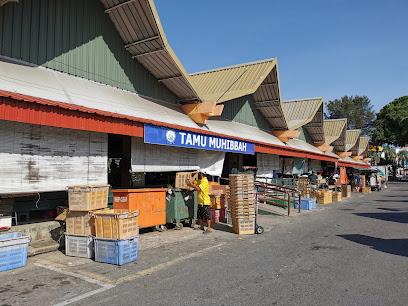
Luak Esplanade
Explore Luak Esplanade in Miri, Sarawak: A serene beach destination offering stunning views, recreational activities, and a taste of local culture.

Miri Bulatan Park
Explore Miri Bulatan Park, a serene escape in Miri, Sarawak, where lush greenery, tranquil paths, and community events await every visitor.
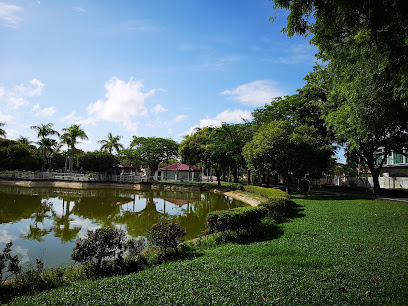
Taman Awam Miri
Discover the lush landscapes and serene ambiance of Taman Awam Miri, a must-visit park in Sarawak's beautiful city of Miri.
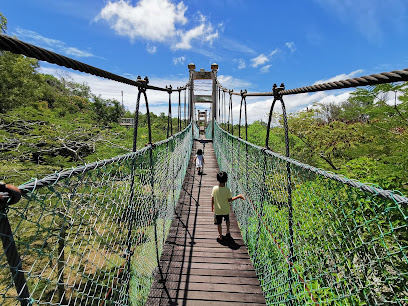
Miri Crocodile Farm Wildlife Mini Zoo
Discover the Miri Crocodile Farm Wildlife Mini Zoo, a unique animal park in Sarawak, where adventure and education come together in a stunning natural setting.

Pantai Tusan Bekenu
Experience the breathtaking beauty and tranquility of Pantai Tusan Bekenu in Miri, Sarawak, a hidden gem for beach lovers and nature enthusiasts.
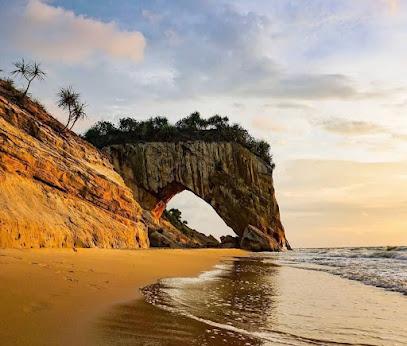
Niah National Park
Explore the breathtaking Niah National Park in Sarawak, Malaysia, where ancient caves meet lush rainforests and diverse wildlife.
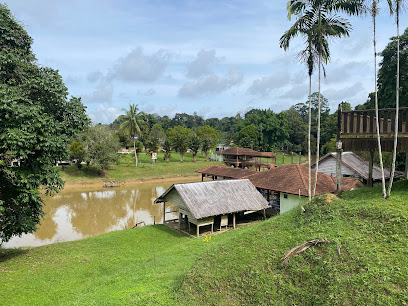
Miri Central Park
Explore Miri Central Park, a serene green oasis perfect for picnics, leisurely walks, and breathtaking sunsets in the heart of Sarawak.
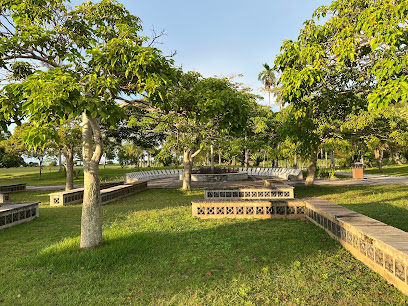
Taman Negara Bukit Lambir
Explore Taman Negara Bukit Lambir: A National Park offering stunning biodiversity, majestic waterfalls, and a serene escape in Sarawak, Malaysia.
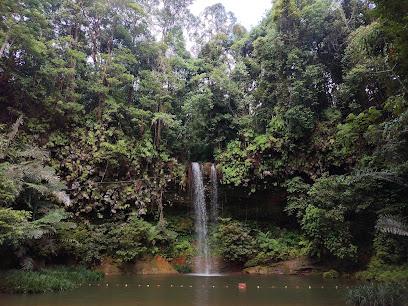
Tanjong Lobang Beach
Experience the tranquil beauty of Tanjong Lobang Beach, a perfect blend of relaxation and adventure in Miri, Sarawak.

The Grand Old Lady - Canada Hill
Explore the historical significance and breathtaking views at The Grand Old Lady on Canada Hill in Miri, Sarawak - a key attraction for every traveler.
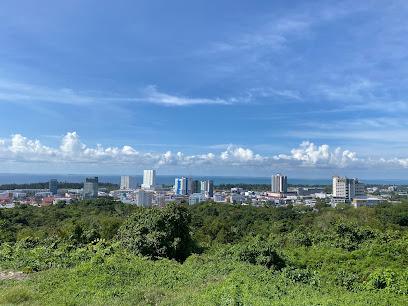
Miri Tua Pek Kong Temple
Experience the serene beauty and cultural richness of Miri Tua Pek Kong Temple, a must-visit Taoist temple in Sarawak.
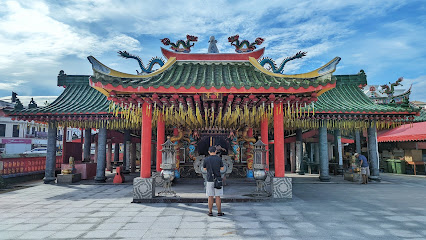
Miri Times Square
Discover the vibrant heart of Miri at Times Square, where shopping, dining, and entertainment blend seamlessly in a cultural hotspot.

Lutong Beach
Experience the tranquil beauty of Lutong Beach in Sarawak, Malaysia, where pristine sands meet vibrant local culture and stunning sunsets.
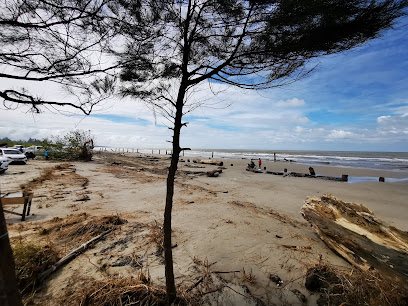
Essential places to dine
Ming Cafe Miri Borneo
Experience authentic Sarawakian flavors at Ming Cafe Miri Borneo – where deliciousness meets hospitality in every bite.
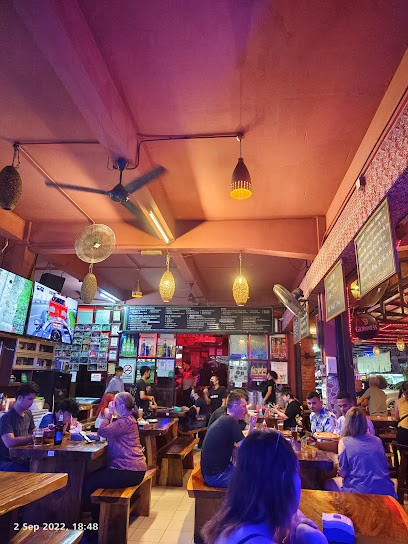
Restoran Ayam Penyet Ria
Discover authentic Indonesian cuisine at Restoran Ayam Penyet Ria in Miri - home of the famous smashed chicken and vibrant dining experiences.
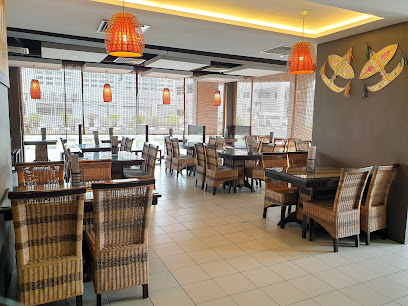
Sea Village Seafood Restaurant
Discover the best seafood in Miri at Sea Village Seafood Restaurant – where freshness meets flavor in a stunning coastal setting.
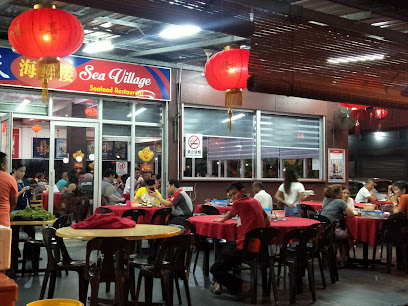
Excapade Japanese Cuisine Tanjong Lobang
Experience authentic Japanese cuisine at Excapade in Miri—savor exquisite flavors in a charming setting.
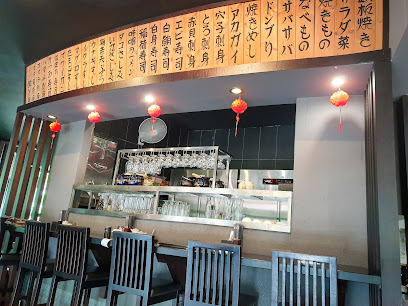
Chef X
Experience the rich flavors of Sarawak at Chef X, where local cuisine meets international flair in a cozy dining atmosphere.
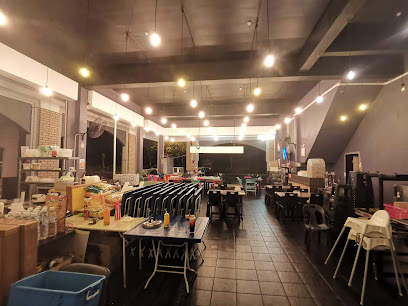
Chillax Cafe & Bistro
Discover Chillax Cafe & Bistro in Miri - where delightful cuisine meets a cozy atmosphere in Marina Parkcity.
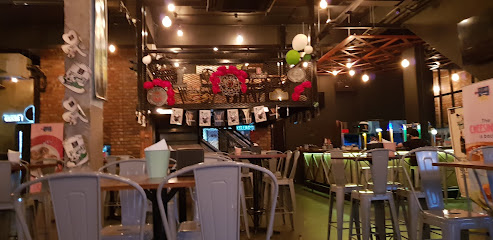
Container City Miri
Experience the vibrant flavors of Miri at Container City - a culinary haven featuring diverse street food delights in a lively atmosphere.
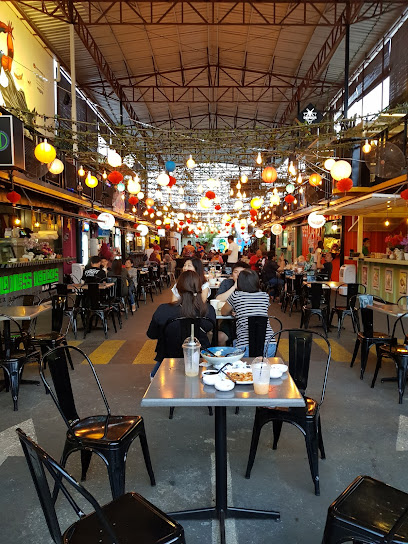
The Nest Grill & Lounge
Discover culinary excellence at The Nest Grill & Lounge in Miri—where local flavors meet international cuisine in an inviting atmosphere.
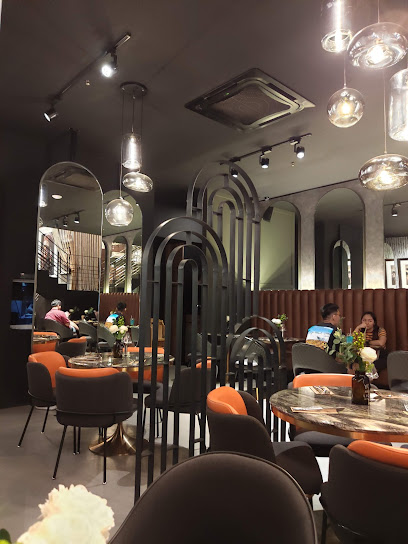
Yi Hah Hai Seafood
Discover the authentic taste of Miri at Yi Hah Hai Seafood, where fresh ingredients meet traditional flavors for an unforgettable dining experience.
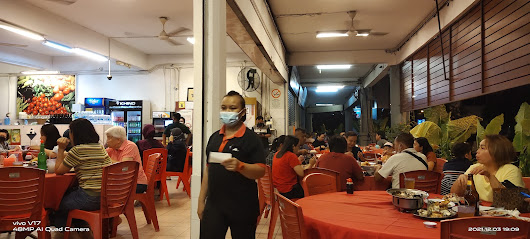
Dragon Seafood Restaurant
Experience exquisite seafood dining at Dragon Seafood Restaurant in Miri - where fresh flavors meet exceptional Malay hospitality.
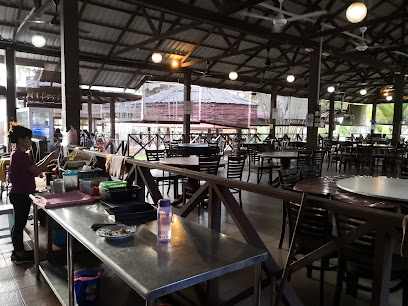
The Seeker Café & Bistro
Experience delightful Western cuisine at The Seeker Café & Bistro in Miri—where comfort food meets cozy ambiance.
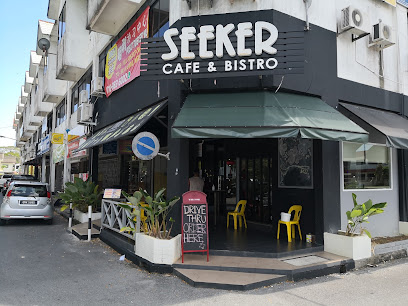
Apollo Seafood Centre
Experience Miri's premier seafood destination with fresh catches and authentic flavors at Apollo Seafood Centre.
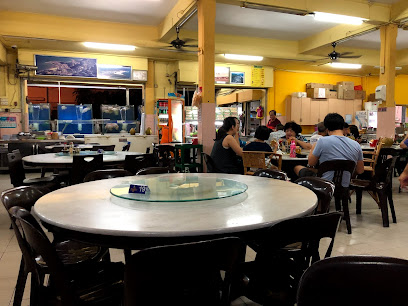
Ming Garden Restaurant
Discover the essence of authentic Chinese dining at Ming Garden Restaurant in Miri - where every meal is a celebration of flavor.
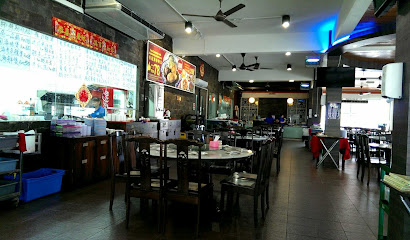
Khan's Islamic Restaurant
Experience authentic Indian flavors at Khan's Islamic Restaurant in Miri—where culinary traditions meet vibrant hospitality.
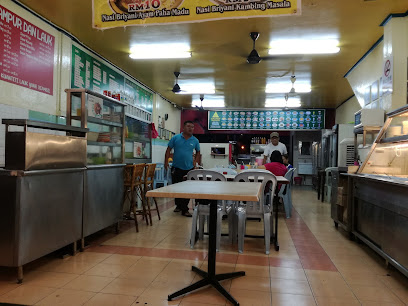
Pp Cafe Miri
Discover the flavors of Malaysia at Pp Cafe Miri—where Halal dining meets diverse culinary delights in a cozy setting.
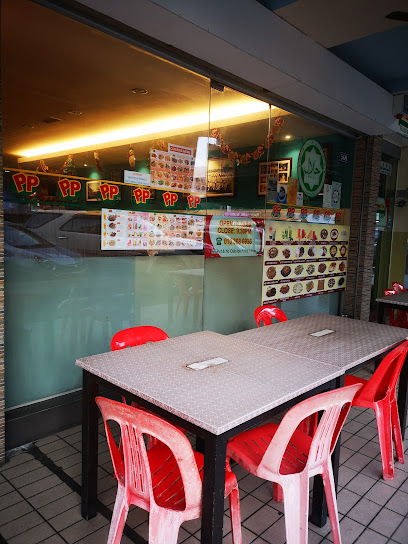
Markets, malls and hidden boutiques
Bintang Megamall
Discover the vibrant shopping and entertainment experience at Bintang Megamall in Miri, Sarawak, where local culture meets global brands.
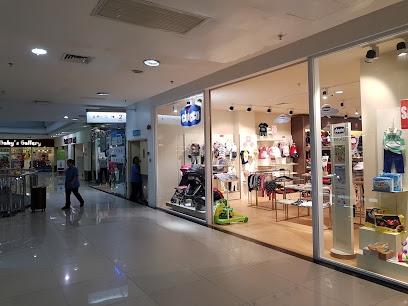
Boulevard Shopping Mall, Miri
Discover a vibrant shopping experience at Boulevard Shopping Mall in Miri, where retail therapy meets culinary delights and entertainment.

UNIQLO Bintang Megamall
Explore the vibrant world of fashion at UNIQLO Bintang Megamall, your go-to destination for quality clothing in Miri.
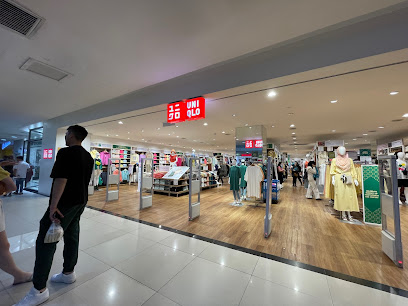
Miri Departmental Store (Kuala Baram)
Discover the vibrant shopping experience at Miri Departmental Store in Kuala Baram, where local culture meets diverse product offerings.
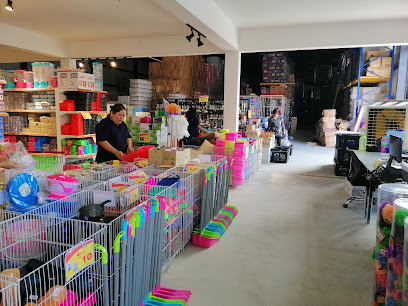
Borneo Shoppe
Explore Borneo Shoppe in Miri, Sarawak—a vibrant toy store offering a delightful range of unique toys and gifts for all ages.
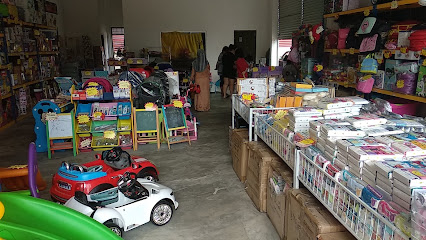
Sarawak Handicraft
Explore Sarawak Handicraft in Miri for unique souvenirs and authentic local artistry, showcasing the best of Sarawak's rich cultural heritage.
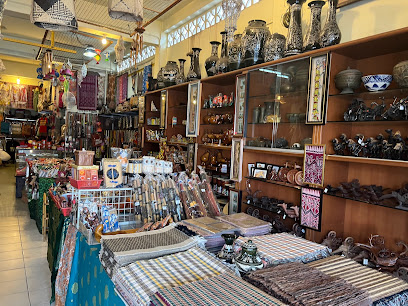
Pakat Store
Explore the eclectic offerings of Pakat Store in Miri, Sarawak, where creativity meets culture in a charming gift shop.
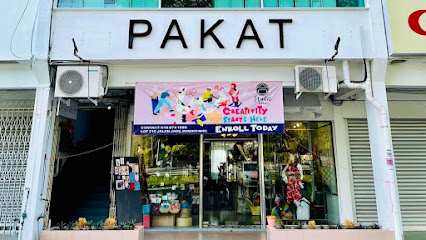
Anakku Boutique Miri
Discover the ultimate baby shopping experience at Anakku Boutique Miri, where quality meets style for your little ones.
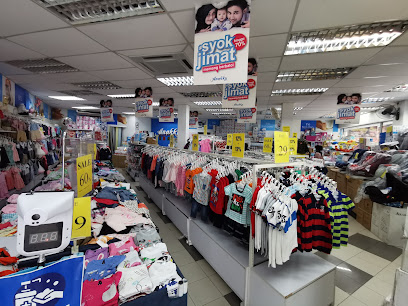
Rong Reng - Miri, Sarawak
Explore Rong Reng in Miri for unique handicrafts and cultural treasures that showcase the beauty of Sarawak's artisan traditions.
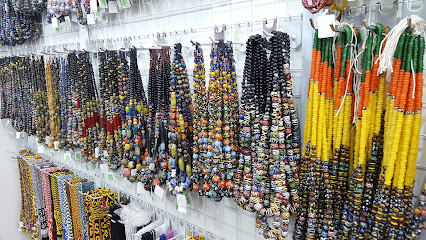
Happy World Gift Shop
Explore Happy World Gift Shop in Miri, Sarawak - your destination for unique gifts and authentic Malaysian souvenirs.
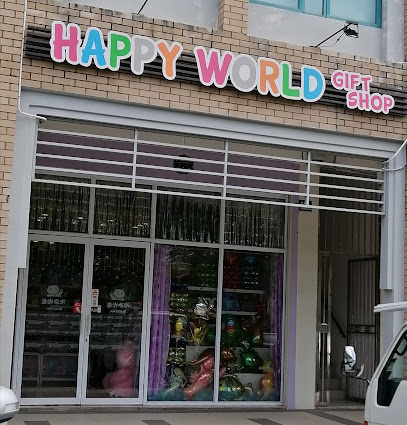
adidas @ Permaisuri Imperial City Mall
Experience the latest in athletic fashion at Adidas in Permaisuri Imperial City Mall, Miri. Discover quality sportswear for every fitness enthusiast.

Siong Lee (Miri) Company
Explore Siong Lee Company in Miri for a delightful toy shopping experience with a wide range of toys and games for all ages.
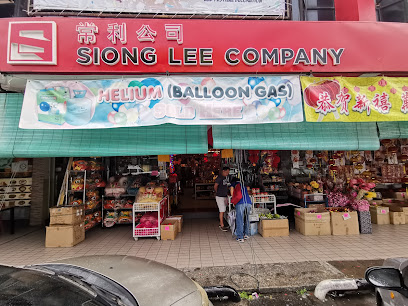
FLAMINGO EMART RIAM
Explore the vibrant fashion scene at Flamingo Emart Riam, where local styles meet international trends in Miri, Sarawak.
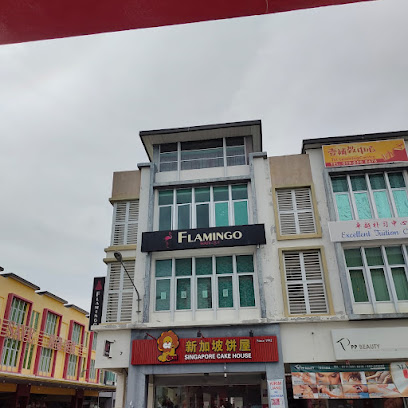
Unique Creation Trading
Discover Unique Creation Trading in Miri, where innovative shelving solutions meet exceptional quality and design.
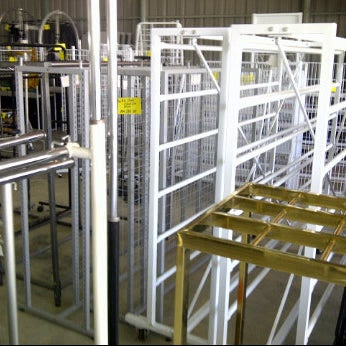
Usun Souvenir
Discover unique local crafts and souvenirs at Usun Souvenir in Miri, Sarawak – your gateway to the essence of Malaysian culture.
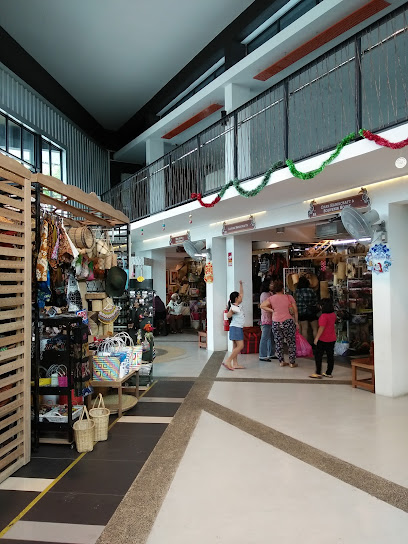
Essential bars & hidden hideouts
Island Dreams Bistro, Miri
Experience the vibrant flavors and lively atmosphere at Island Dreams Bistro in Miri, where authentic Malaysian cuisine meets local entertainment.
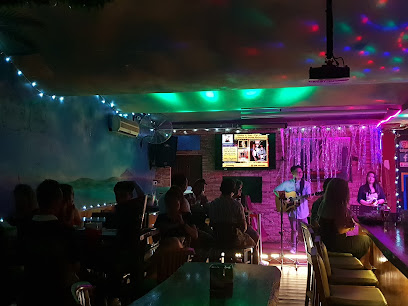
EAGER BISTRO & LOUNGE MIRI
Discover the vibrant atmosphere and delectable dishes at Eager Bistro & Lounge in Miri, your go-to spot for a delightful dining experience.
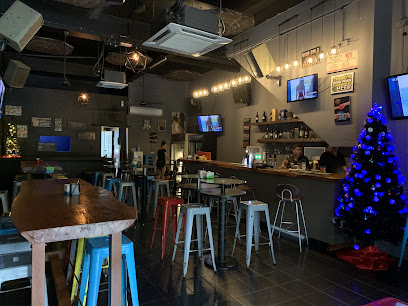
Room Music Cafe
Experience the vibrant nightlife of Miri at Room Music Cafe, where live music and karaoke create unforgettable evenings.
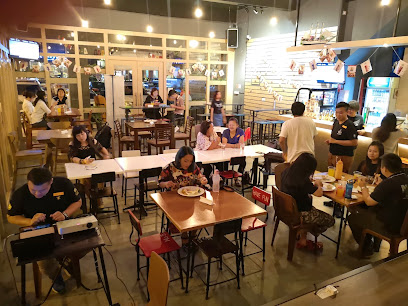
Maldives Bar
Experience the tropical vibes at Maldives Bar in Miri, where refreshing cocktails and lively atmosphere await every traveler.
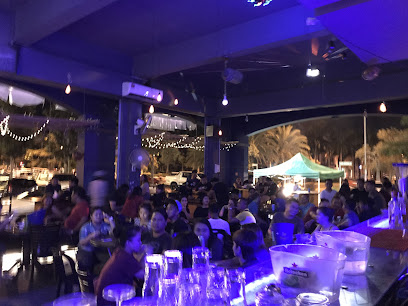
Beer O’Clock Miri
Discover Beer O’Clock Miri: A vibrant bar with a fantastic selection of beers and delicious bites in the heart of Marina Parkcity, Sarawak.
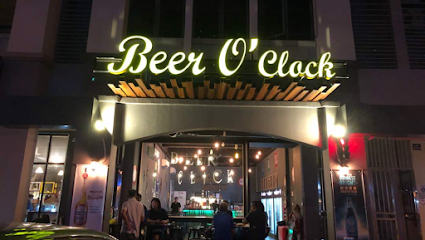
The Blackbird Wine Bar
Discover the elegance of The Blackbird Wine Bar in Miri, Sarawak, where exquisite wines and a cozy ambiance create the perfect escape for tourists.
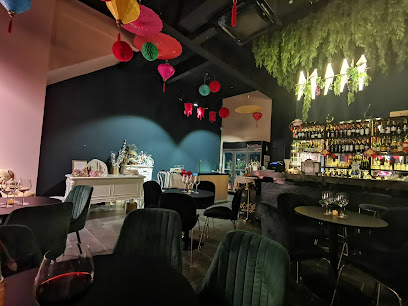
Venus Bistro & Karaoke
Experience the vibrant energy of Venus Bistro & Karaoke in Miri, where delicious food meets unforgettable karaoke nights.

Sky City Karaoke Lounge & Pub
Experience vibrant karaoke nights and refreshing drinks at Sky City Karaoke Lounge & Pub in Miri, Sarawak - your ultimate entertainment destination.
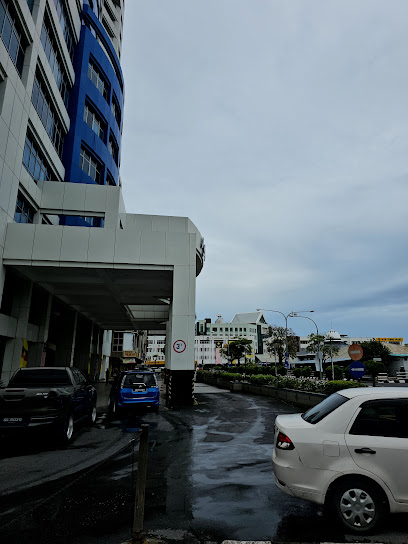
Larry's Pub
Discover the lively charm of Larry's Pub in Miri, a perfect blend of local flavor and vibrant nightlife in Sarawak.
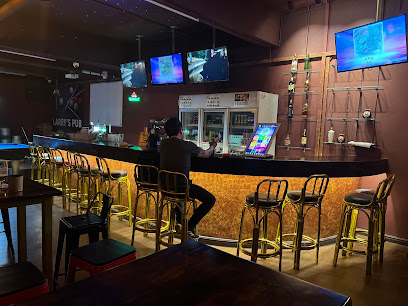
Aperitif Wine Bar
Experience the charm of Aperitif Wine Bar in Miri, where exquisite wines and a welcoming atmosphere create unforgettable moments.
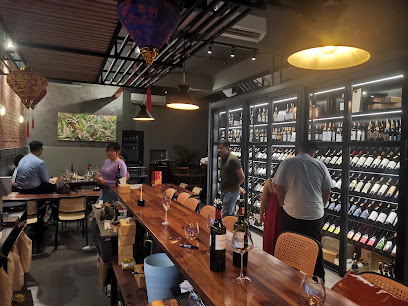
Happy Island Bistro & Cafe
Discover the vibrant atmosphere and exceptional service at Happy Island Bistro & Cafe, Miri's favorite bar for relaxation and enjoyment.

Night Street Pub & KTV
Immerse yourself in the lively nightlife of Miri at Night Street Pub & KTV, where great drinks, karaoke, and friendly vibes await.
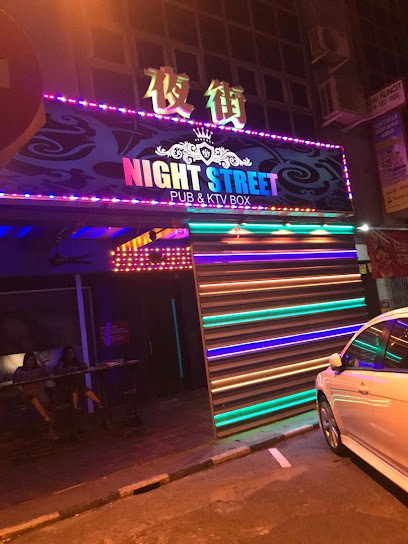
Bars And Clubbing
Discover Miri's vibrant nightlife with lively bars and clubs offering delicious grills and an unforgettable atmosphere for tourists seeking excitement.
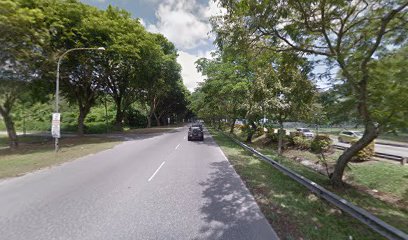
9Bar
Discover the vibrant flavors of Miri at 9Bar, a premier grill restaurant offering a delightful culinary experience in a cozy atmosphere.
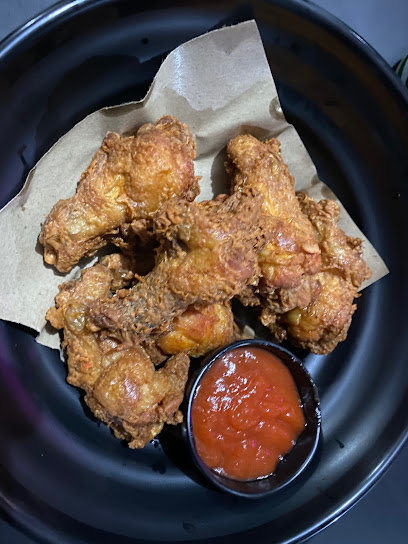
Lush Bar at Miri Marriott Resort & Spa
Experience the tranquil ambiance and exquisite cocktails at Lush Bar, a premier destination for relaxation in Miri Marriott Resort & Spa.

Local Phrases
-
- HelloSelamat petang
[suh-lah-muht puh-tahng] - GoodbyeSelamat tinggal
[suh-lah-muht ting-gahl] - YesYa
[yah] - NoTidak
[tee-dahk] - Please/You're welcomeSila
[see-lah] - Thank youTerima kasih
[tuh-ree-mah kah-seeh] - Excuse me/SorryMaaf
[mah-ahf] - How are you?Apa khabar?
[ah-pah kah-bahr] - Fine. And you?Baik. Dan awak?
[bah-eek dahn ah-wahk] - Do you speak English?Boleh berbahasa Inggeris?
[boh-leh buhr-bah-hah ee-nguh-rees] - I don't understandSaya tidak faham
[sah-yah tee-dahk fah-hahm]
- HelloSelamat petang
-
- I'd like to see the menu, pleaseSaya mahu lihat menu, sila
[sah-yah mah-hoo lee-haht meh-noo, see-lah] - I don't eat meatSaya tidak makan daging
[sah-yah tee-dahk mah-kahn dah-yihng] - Cheers!Sihat!
[see-haht] - I would like to pay, pleaseSaya mahu bayar, sila
[sah-yah mah-hoo bah-yahr, see-lah]
- I'd like to see the menu, pleaseSaya mahu lihat menu, sila
-
- Help!Tolong!
[toh-lohng] - Go away!Pergi!
[puhr-gee] - Call the Police!Panggil polis!
[pahng-geel poh-lees] - Call a doctor!Panggil doktor!
[pahng-geel dohk-tohr] - I'm lostSaya sesat
[sah-yah suh-saht] - I'm illSaya sakit
[sah-yah sah-keet]
- Help!Tolong!
-
- I'd like to buy...Saya ingin membeli...
[sah-yah een-geen muhm-buh-lee] - I'm just lookingSaya hanya melihat
[sah-yah huhn-yah muh-lee-haht] - How much is it?Berapa harganya?
[buh-rah-pah hahr-gahn-yah] - That's too expensiveItu terlalu mahal
[ee-too tuhr-lah-loo mah-hahl] - Can you lower the price?Boleh kurangkan harga?
[boh-leh koo-rang-kahn hahr-gah]
- I'd like to buy...Saya ingin membeli...
-
- What time is it?Pukul berapa sekarang?
[poo-kool buh-rah-pah suh-kah-rahng] - It's one o'clockPukul satu
[poo-kool sah-too] - Half past (10)Pukul setengah (10)
[poo-kool suh-tuhng-ah] - MorningPagi
[pah-gee] - AfternoonPetang
[puh-tahng] - EveningMalam
[mah-lahm] - YesterdaySemalam
[suh-mah-lahm] - TodayHari ini
[hah-ree ee-nee] - TomorrowEsok
[eh-sohk] - 1Satu
[sah-too] - 2Dua
[doo-ah] - 3Tiga
[tee-gah] - 4Empat
[uhm-paht] - 5Lima
[lee-mah] - 6Enam
[uh-nahm] - 7Tujuh
[too-joo] - 8Lapan
[lah-pahn] - 9Sembilan
[suhm-bee-lahn] - 10Sepuluh
[suh-pool-uh]
- What time is it?Pukul berapa sekarang?
-
- Where's a/the...?Di manakah...?
[dee mah-nah-kah] - What's the address?Alamatnya di mana?
[ah-lah-mah-nyah dee mah-nah] - Can you show me (on the map)?Boleh tunjukkan saya (di peta)?
[boh-leh toon-jook-kahn sah-yah (dee peh-tah)] - When's the next (bus)?Bila bas seterusnya?
[bee-lah bahs suh-tuh-roos-nyah] - A ticket (to ....)Satu tiket (ke ....)
[sah-too tee-keht (keh)]
- Where's a/the...?Di manakah...?
History of Miri
-
Miri, situated in the northern part of Sarawak on the island of Borneo, was originally a small fishing village inhabited by indigenous communities such as the Iban, Kayan, and Kenyah tribes. Its transformation into a bustling town began in 1910 when oil was discovered by the Royal Dutch Shell Company. The first oil well, known as the Grand Old Lady, marked the beginning of Miri’s journey as Malaysia's first oil town. This discovery spurred rapid development and attracted workers from various parts of the world.
-
In the mid-19th century, Miri came under the rule of the White Rajahs of Sarawak, a dynasty established by James Brooke. The Brooke administration played a significant role in the early development of Miri, including establishing governance structures and engaging in trade with surrounding regions. Their influence is still evident today in the city's historical architecture and administrative legacy.
-
During World War II, Miri was occupied by Japanese forces from 1941 to 1945. The occupation had a profound impact on the city, including the halting of oil production and significant infrastructural damage. The Japanese used Miri's oil fields to fuel their war efforts, making the city a strategic military target. The end of the occupation brought about a period of reconstruction and recovery.
-
Following World War II, Miri underwent extensive rebuilding efforts. The discovery of additional oil reserves in the 1950s and 1960s further spurred economic growth. This period also saw the establishment of better infrastructure, including roads, schools, and hospitals. Miri began to diversify its economy beyond oil, developing into a center for commerce, tourism, and education.
-
Miri is a melting pot of cultures, with a rich tapestry of indigenous, Malay, Chinese, and Indian communities. Each group has contributed unique traditions, festivals, and culinary delights. Notable cultural attractions include the Miri Handicraft Centre, showcasing traditional crafts, and the Tamu Muhibbah market, where one can experience the local flavors and produce. The city also celebrates a variety of festivals, such as Gawai Dayak, Chinese New Year, and Hari Raya Aidilfitri.
-
Miri is the gateway to some of Malaysia's most stunning natural attractions. The Gunung Mulu National Park, a UNESCO World Heritage site, is renowned for its limestone karst formations, caves, and diverse ecosystems. The Niah Caves, another significant site, offer archaeological insights with evidence of human habitation dating back thousands of years. These natural wonders highlight Miri's role in preserving Malaysia's environmental and historical heritage.
-
In recent decades, Miri has continued to evolve from an oil town into a modern city. The development of the Marina Park and the Miri Waterfront reflect the city's commitment to urban modernization while maintaining its natural beauty. The establishment of Curtin University Malaysia has also positioned Miri as an educational hub. Today, Miri is a vibrant city that balances economic growth with cultural preservation and environmental sustainability.
Miri Essentials
-
Miri is located in the Malaysian state of Sarawak on the island of Borneo. The nearest airport is Miri Airport (MYY), which is well-connected with daily flights from major cities like Kuala Lumpur, Kota Kinabalu, and Kuching. International travelers can reach Miri via connecting flights from Kuala Lumpur International Airport (KLIA) or Kota Kinabalu International Airport. From the airport, taxis and ride-sharing services are available to take you into the city.
-
Miri offers various transportation options. Taxis and ride-sharing services like Grab are widely available and convenient for short trips within the city. For a more local experience, you can use the public bus system, which connects major areas and attractions. Renting a car is also an option for those who wish to explore the surrounding areas at their own pace. Bicycles can be rented for short distances and are a popular choice for tourists looking to explore the city center.
-
The official currency in Malaysia is the Malaysian Ringgit (MYR). Credit and debit cards are widely accepted in hotels, restaurants, and larger shops in Miri. However, it is advisable to carry some cash for smaller establishments and local markets. ATMs are readily available throughout the city, and currency exchange services can be found in major shopping centers and at the airport.
-
Miri is generally a safe city for tourists, but standard precautions should be taken. Avoid walking alone at night in isolated areas and always be vigilant of your surroundings. Petty crimes such as pickpocketing can occur in crowded places, so keep your belongings secure. Areas like the old town near the fish market have reported higher instances of petty theft, so exercise extra caution there.
-
In case of emergency, dial 999 for police, fire, or medical assistance. Miri General Hospital and Columbia Asia Hospital Miri are the main medical facilities in the city. Pharmacies are widely available for minor health issues. It is strongly recommended to have travel insurance that covers medical emergencies. Local police stations can provide assistance for lost items or other non-medical emergencies.
-
Fashion: Do dress modestly, especially when visiting religious sites. Lightweight, breathable clothing is advisable due to the tropical climate. Religion: Do respect local customs and traditions. Remove your shoes when entering homes or religious places. Public Transport: Do be polite and offer your seat to elderly passengers. Avoid loud conversations. Greetings: Do greet people with a friendly 'Hello' or 'Apa Khabar' (How are you?). A handshake is common but use your right hand. Eating & Drinking: Do try local delicacies. Don't refuse food or drink offered by locals, as it can be considered impolite.
-
To experience Miri like a local, visit the Tamu Muhibbah market for fresh produce and local crafts. Explore Canada Hill for panoramic views of the city and visit the Petroleum Museum to learn about Miri’s oil history. Engage with locals at the local coffee shops (kopitiam) where you can enjoy traditional Malaysian breakfast. Don't miss out on the seafood at Tanjong Lobang, which is popular among locals.
Trending Landmark in Miri
-
Coco Cabana
-
Bintang Megamall
-
Permaisuri Imperial City Mall
-
Imperial Hotel Miri
-
Miri City Fan Recreation Park
-
Tamu Muhibbah
-
Miri Bulatan Park
-
Miri Central Market
-
Taman Awam Miri
-
Miri Oil Well No.1 (Grand Old Lady)
-
Miri Crocodile Farm Wildlife Mini Zoo
-
Niah National Park
-
The Imperial Mall
-
Taman Negara Bukit Lambir
-
Tanjong Lobang Beach
Nearby Cities to Miri
-
Things To Do in Kuala Belait
-
Things To Do in Seria
-
Things To Do in Tutong
-
Things To Do in Jerudong
-
Things To Do in Bandar Seri Begawan
-
Things To Do in Bangar
-
Things To Do in Muara
-
Things To Do in Kota Kinabalu
-
Things To Do in Sandakan
-
Things To Do in Kuching
-
Things To Do in Balikpapan
-
Things To Do in Palawan
-
Things To Do in Puerto Princesa
-
Things To Do in Zamboanga City
-
Things To Do in Mui Ne












